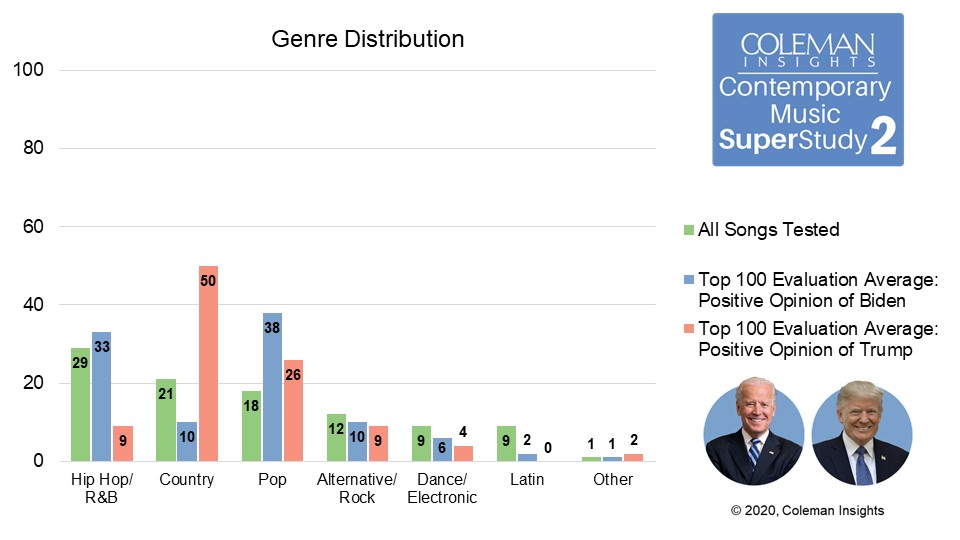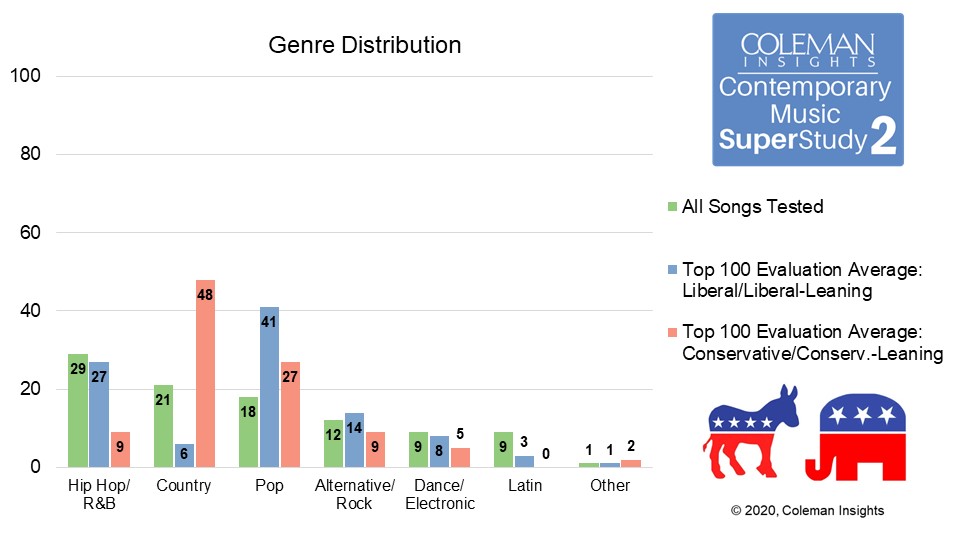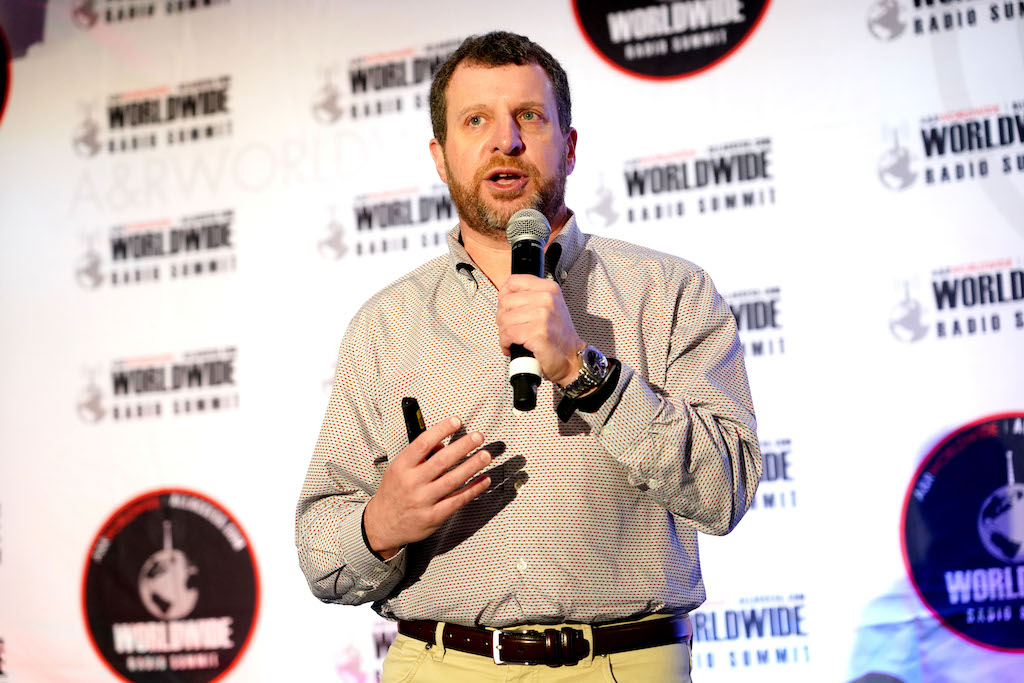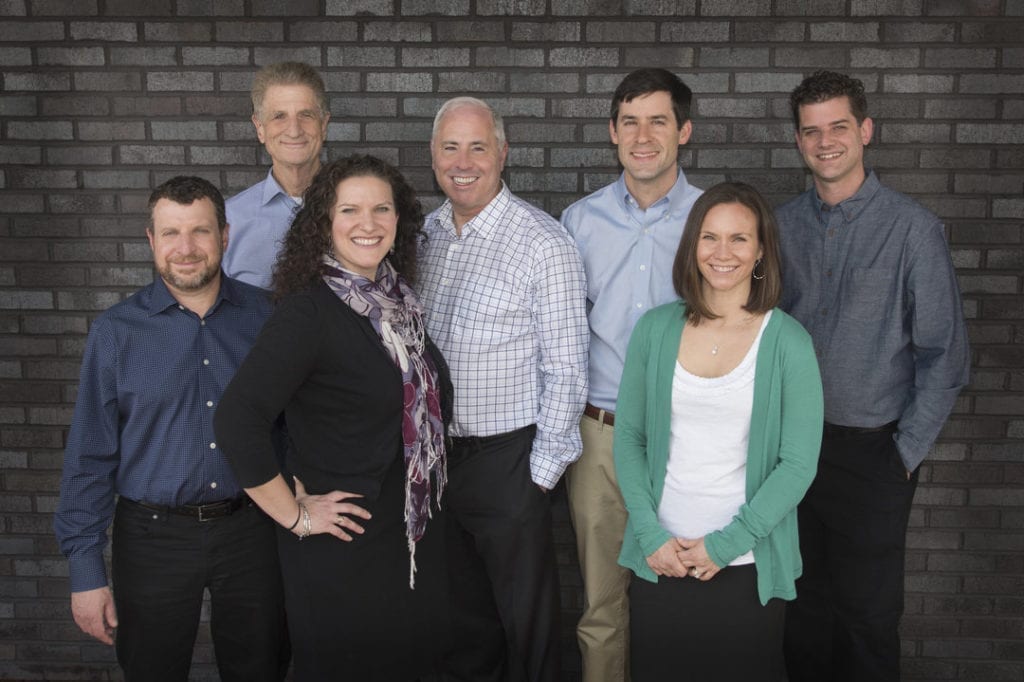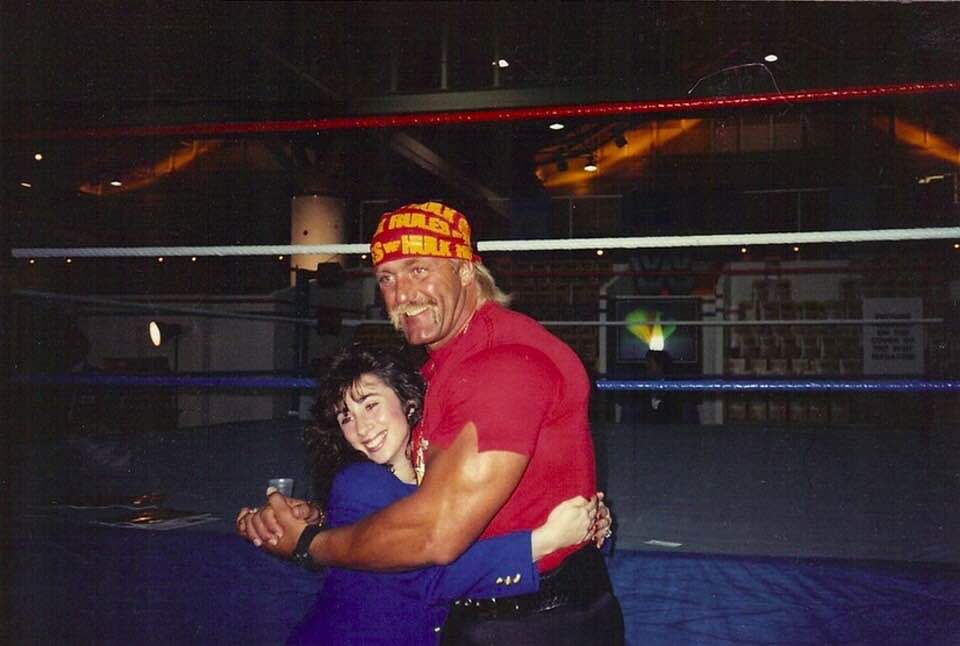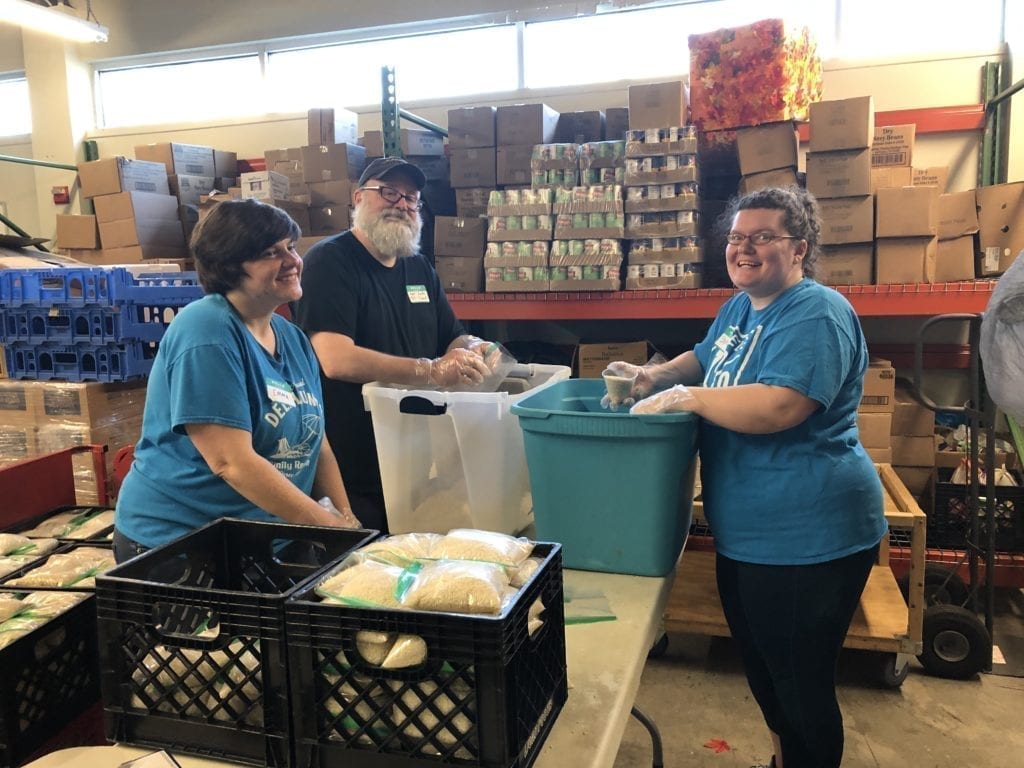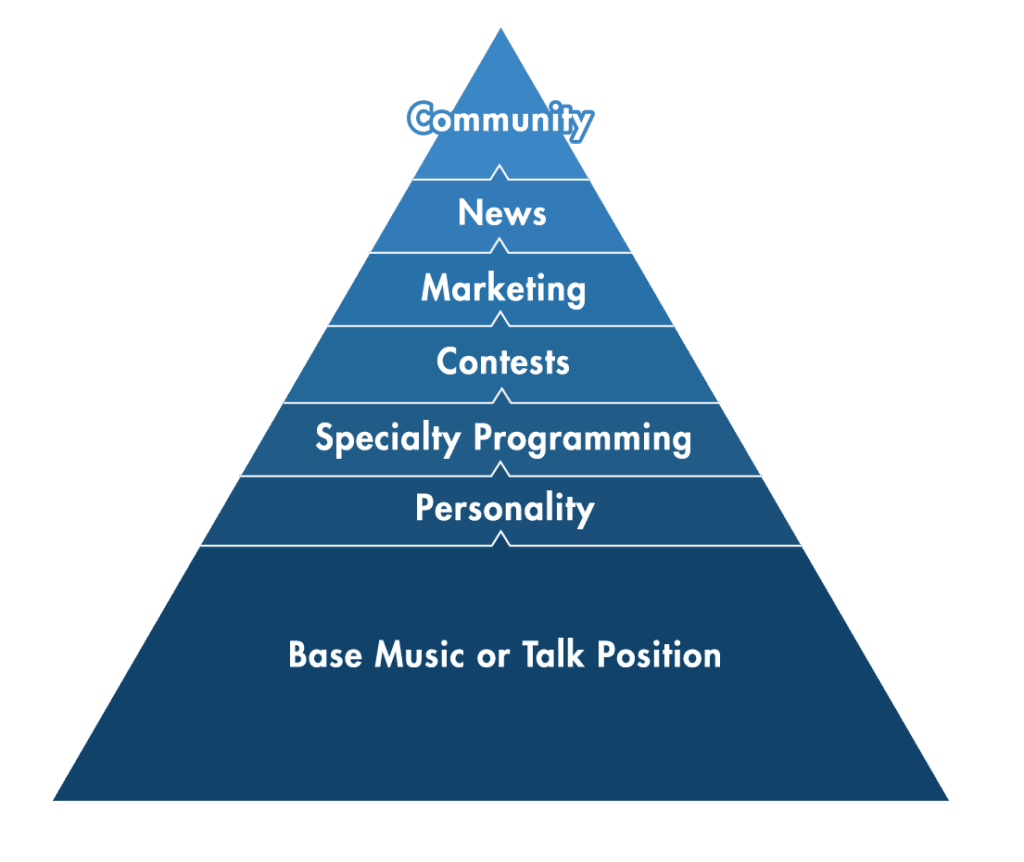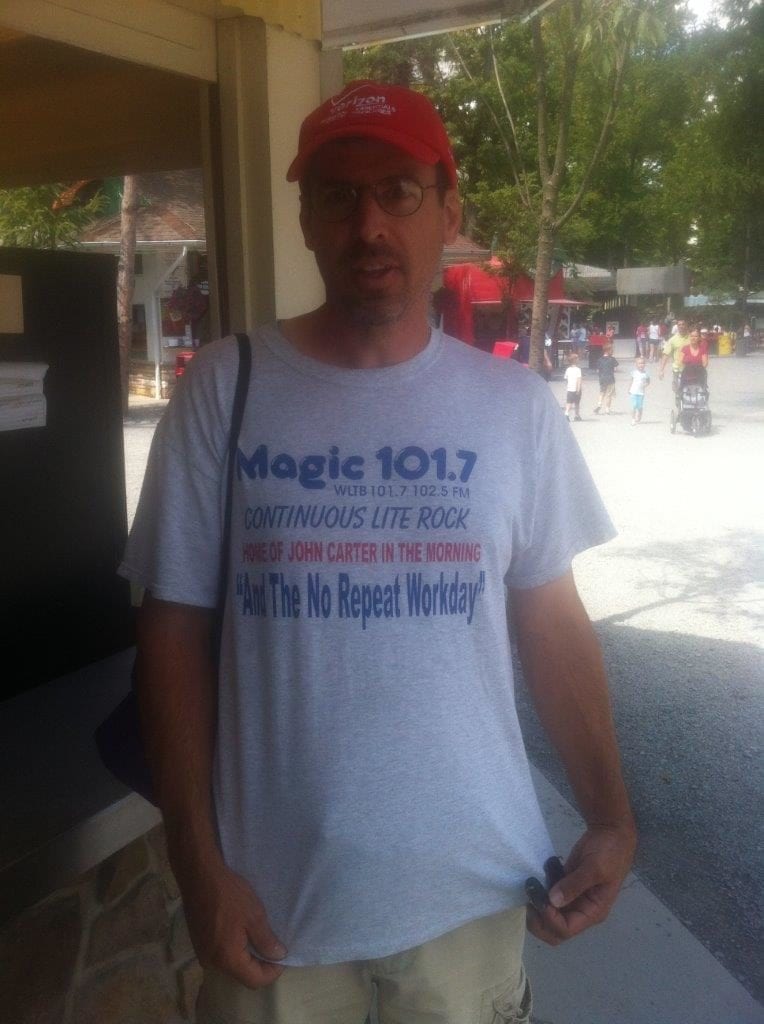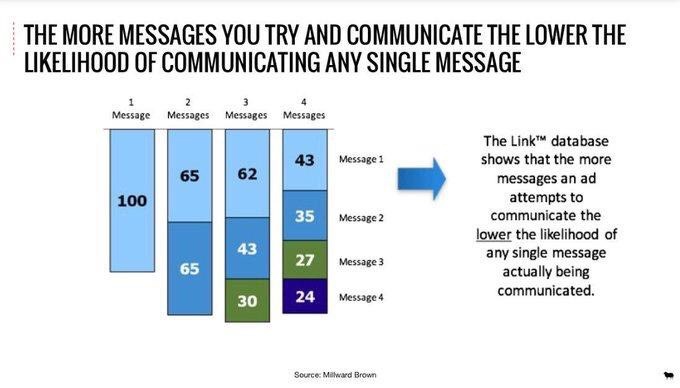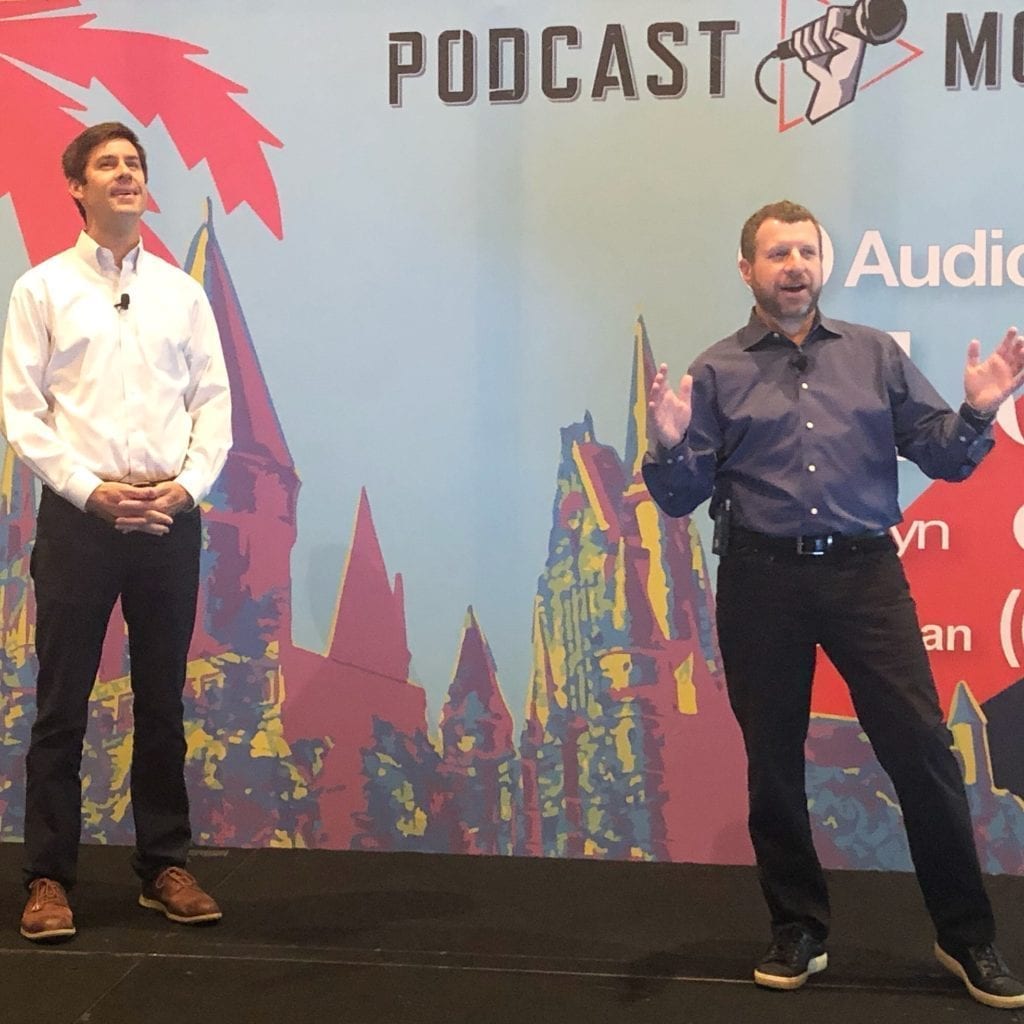
Last Wednesday, our friends and frequent collaborators at Jacobs Media Strategies referenced Coleman Insights’ Image PyramidSM in an excellent blog post. The post raised questions about the role of Community imagery for radio brands and the impact the COVID-19 pandemic and the social justice movement may have on that role.
The Image Pyramid is a concept we use to help guide strategic brand-building for radio stations. Most important—as evidenced by it being the foundational layer of the Image Pyramid—is that the target audience understands your Base Music or Talk Position (for example, “the Hip Hop station” or “the Sports station”). From there, upper layers of the Image Pyramid can be thought of as brand depth, with Personality—having known and appreciated personalities who attract listening above and beyond what your Base Position alone would attract—being particularly important for many stations. At the top of the Image Pyramid is Community—being known for community involvement activities, such as raising money for a local charity or supporting local causes in other ways—and this is the layer discussed in Fred Jacobs’ blog last week.
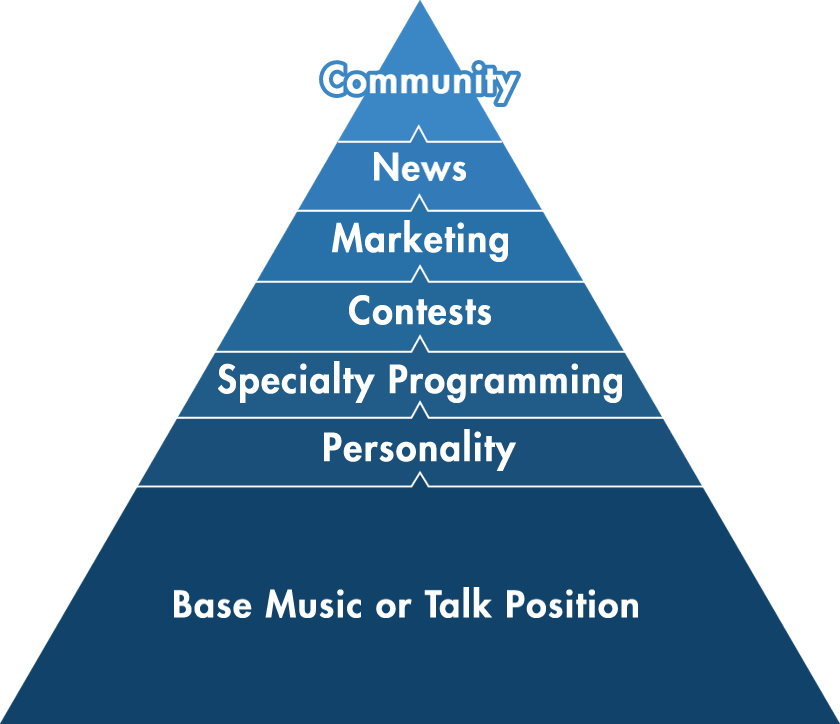
The Coleman Insights Image Pyramid
One of the many reasons why I feel fortunate for knowing Fred Jacobs for more than 25 years is that he and his colleagues are always questioning conventional wisdom and the status quo. That’s why we welcome this questioning of the current configuration of the Image Pyramid; our goal is to make sure it continues to be a tool for building the strongest brands possible. In fact, this isn’t the first time we have been down this road; in 2015, Fred and I collaborated on a blog on the evolution of the Image Pyramid for the age of increased digital media consumption.
Before I address the specifics of Jacobs’ most recent blog, I think it’s important for everyone reading this to understand the purpose of the Image Pyramid. It’s not designed to represent a ranking of what listeners find most and least important in a radio station. Instead, it’s based on what we learn from research regarding which areas of image development contribute the most to building strong brands, which—when coupled with strong content execution—is the biggest factor in attracting listeners and generating long-term ratings success for radio stations. Community has been the smallest layer of the Image Pyramid not because it is unimportant, but because our experience has shown it to be less important than other dimensions in terms of driving listenership. Sure, listeners like that a radio station is a good steward in the community, but they don’t choose radio stations based on that criteria alone.
Conversely, Contests is prominent on the pyramid even though listeners often tell us that contests are not very important to them. We repeatedly see in strategic research that stations with strong imagery for Contests that complements their stronger images for their Base Music or Talk Position, Personality and Specialty Programming tend to enjoy greater ratings success than those without Contest imagery.
The Image Pyramid as it currently stands represents our best thinking based on what we have observed about recent research results and radio station ratings. We have never shied away from updating it and it has changed since Jon Coleman initially developed it decades ago. For example, Specialty Programming has a more prominent role than it used to, and the Marketing layer did not exist in early incarnations of the pyramid.
So, do we have Community in the right place? We’re certainly giving that a lot of thought, as demonstrated by a blog we published right as we began feeling the impact of the COVID-19 pandemic. In “How to Connect with Your Audience in a Crisis,” published on March 19th, we stated explicitly, “In times of crisis, Community surges to a higher level of importance on the Image Pyramid.”
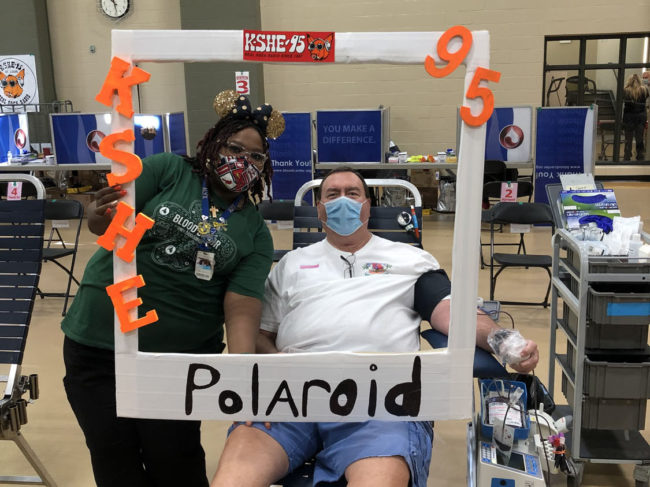
Community has played an important role for many radio stations over the past few months through outreach initiatives. (Pictured: The KSHE/St. Louis Summer Blood Drive)
The big question, of course, is what happens when the crisis subsides, which we all hope will happen sooner rather than later. Will the pandemic, the social justice movement and—as Jacobs rightly pointed out in their blog post—the seemingly increased attention consumers are paying to where the brands they consume stand on important issues result in a permanent change on how much Community imagery has on the ratings performance of radio stations? Will stations that have increased their Community imagery during this crisis enjoy long-term increases in their ratings success or will those strengthened images have minimal impact after the pandemic is over?
The answer is that we don’t know yet. David Leonhardt of the New York Times wrote a great Opinion piece this past Sunday in which he predicted—while admitting that he did not have the utmost confidence in his position—that the pandemic will be the most impactful event on our society since World War II and The Great Depression. At the same time, Leonhardt pointed out that, “The financial crisis of 2007-9 didn’t cause Americans to sour on stocks, and it didn’t lead to an overhaul of Wall Street. The election of the first Black president didn’t usher in an era of racial conciliation. The 9/11 attacks didn’t make Americans unwilling to fly. The Vietnam War didn’t bring an end to extended foreign wars without a clear mission.”
You have my assurance that Coleman Insights—working in concert with our clients, consultants like Fred Jacobs and other industry colleagues—will continue to track the changing factors in the ratings performances of radio stations, as we are continuously thinking about the way to help our radio clients build the very strongest brands. If Community’s place should be moved or if any other evolution of the Image Pyramid is warranted, we will make sure you are among the first to know.

